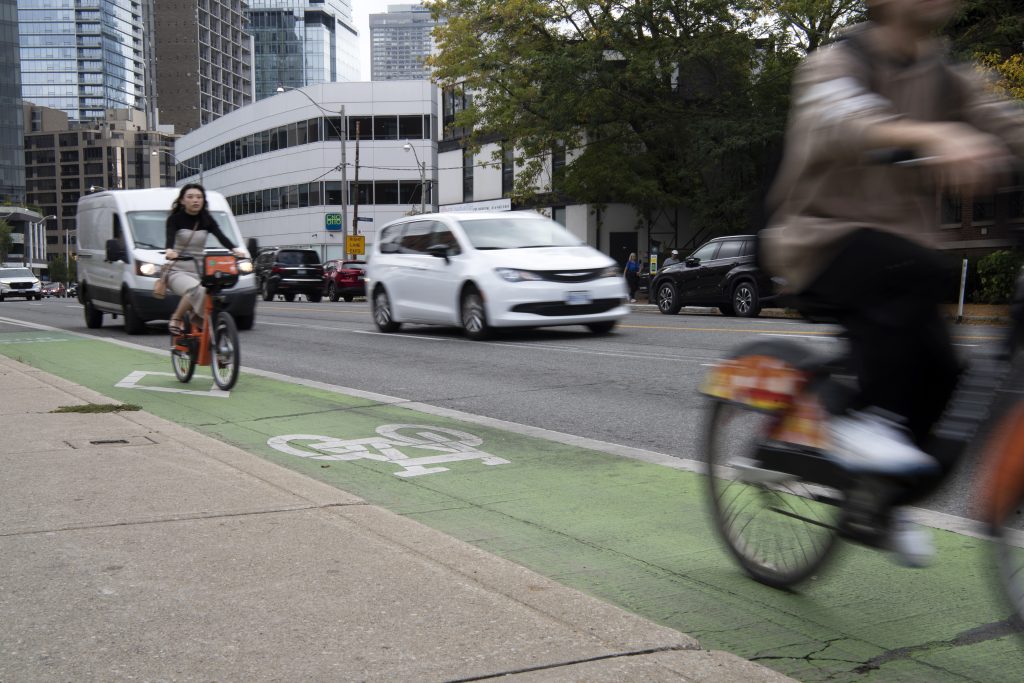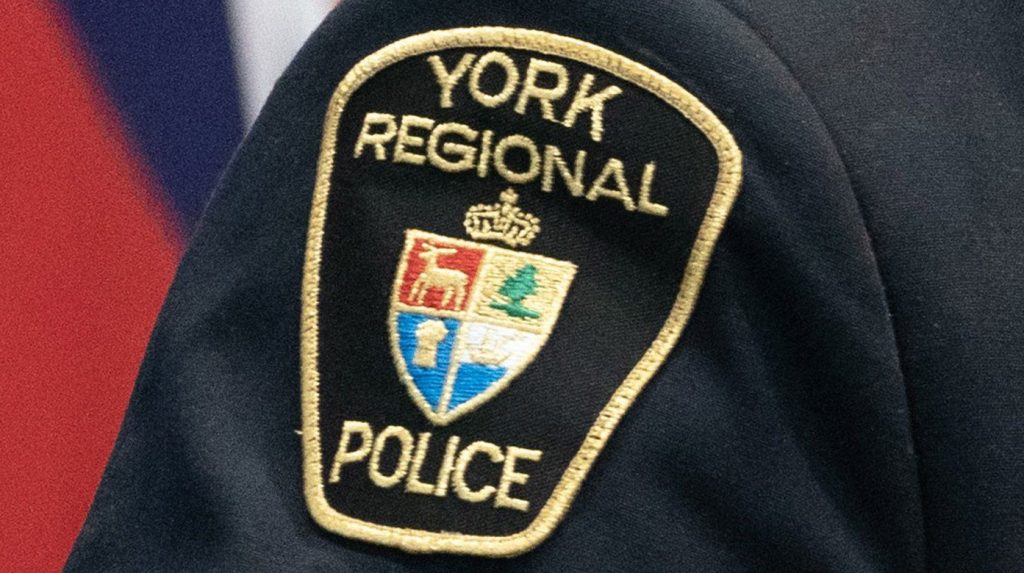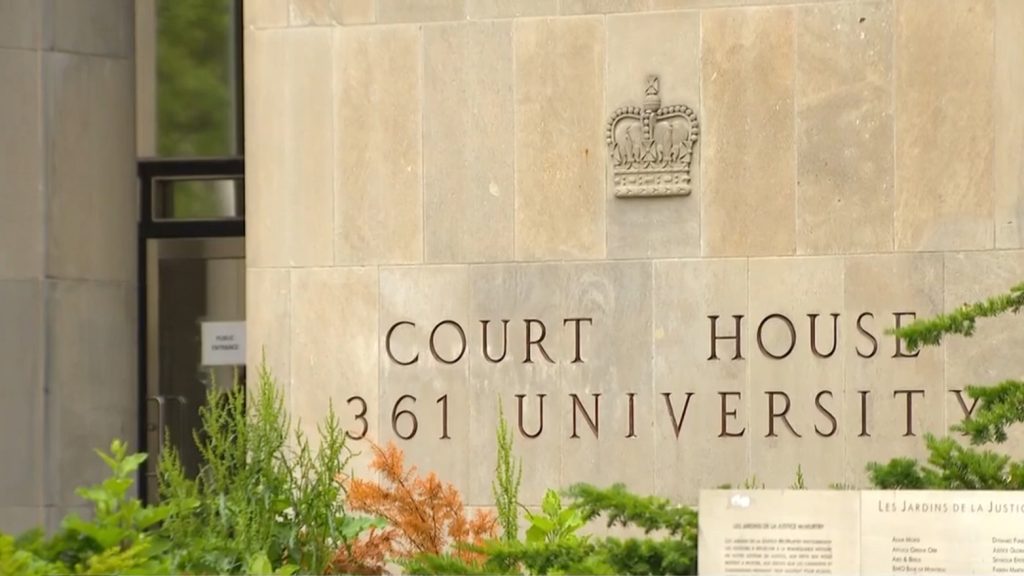Transit Walkout: Can It Happen Again & Who Pays For The Mess?
Posted May 30, 2006 12:00 pm.
This article is more than 5 years old.
The T.T.C. may have returned Tuesday, but is it here to stay?
To hear the tough talk from union boss Bob Kinnear, the nightmare scenario that left up to 800,000 people stranded on Monday could happen again at any time.
The head of the Amalgamated Transit Union admits he can’t guarantee his members won’t walk out sometime in the future unless the workers’ festering concerns are finally addressed.
Among the outstanding sore points – the transfer of about a hundred maintenance workers to the night shift to save money and concerns over the safety of drivers on buses and streetcars.
There’s also a longstanding feud between labour and management over the way workers are treated.
The Mayor remains optimistic there will be no summer rerun of Monday’s walkout.
“I certainly hope not,” David Miller intones. “It’s just not acceptable and union leadership should not be encouraging their members to engage in unlawful activities. It undermines everything that the collective agreement stands for and all the protections.”
Kinnear spent most of Monday night heading to various T.T.C. yards, pleading with members to return to their jobs after the Ontario Labour Board issued two separate and strongly worded orders forcing them back immediately.
But many riders still aren’t satisfied over what turned into an unscheduled and unannounced nightmare day on the roads and want to know if anyone will pay the price for what happened.
Miller admits City Hall is mulling over what should happen as a result of the wildcat walkout.
“The T.T.C. will have to consider what remedies are available to it,” he confirms. “The T.T.C. is going to have to get some legal advice and decide what its course of action is going to be.
“There were some who walked off the job and picketed and others showed up for work but were prevented from crossing the picket line. So I think those that didn’t show up for work will be disciplined .
“The vast majority of the operators showed up for work and waited for the opportunity to go out and take their shift. I think the public needs to know that the majority of those employees were actually there, waiting to work.”
But he does expect there will be some internal punishment meted out to those in charge.
“My understanding is that the people involved in the illegal strike will be disciplined and that’s a management right that [T.T.C. G.M. Rick] Ducharme has.”
During a similar impromptu strike in New York City last December, the union involved was fined $3.5 million and its boss given a stiff jail term. But Kinnear claims he’s not worried that could happen here.
“Absolutely not,” he affirms. “I’m not scared. I took this position. There’s a lot of responsibility representing over 8,000 members and I will continue to do that to the best of my ability.”
And he’s adamant the strike originated with his members – and he gave no such orders to leave the job.
That means little to the still disgruntled Miller.
“Mr. Kinnear is a very new leader. I don’t know him well. I don’t think it’s any excuse, but I think Mr. Kinnear has to be accountable for his actions.”
Many riders share Miller’s concern and seemed ambivalent as the new commuting day dawned on Tuesday.
They were happy to see the red rocket back, but felt someone should pay for what they went through.
But it’s still not clear who that will be – or whether it will actually be anyone at all.
T.T.C. Strike History
The T.T.C. walkout is gone but definitely not forgotten. It’s one of the first times the union has staged a wildcat outage but T.O. residents are all too familiar with the times the Red Rocket stopped firing.
Here’s a brief history of T.T.C. strikes in Toronto. The causes were all different. But the results were all the same – the usual expected chaos.
1952
Service stops for an agonizing 19 days.
1970
Locals made alternate plans for nearly two weeks during a 12-day strike.
1974
The one many still remember. Toronto lived without transit for 23 incredible days in August until the Tory government of the day ordered them back to work.
1978
A shorter strike but a similar result. Out eight days and forced to return with back-to-work legislation.
1984
The strike that wasn’t was prevented by special legislation to prevent the city from being both paralyzed and embarrassed before the entire world.
Queen’s Park stepped in to stop a strike that would have occurred at the same time as a visit by the Pope.
1991
The fall saw more trouble with an eight day September outing that only ended thanks to marathon bargaining sessions and a final settlement.
1999
It only lasted two days in April, but it seemed like forever. It ended with the input of the Bob Rae-led N.D.P. government.
2006
Monday, May 29 wasn’t exactly a day of infamy, but it was a day of outrage for many. Concerns over shift changes, driver safety and working conditions spark an illegal one day walkout. The workers aren’t gone long, ordered back by two different edicts from the Ontario Labour Board.








